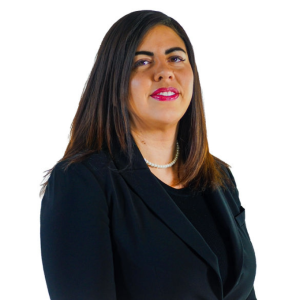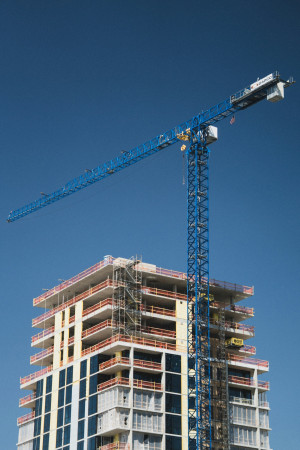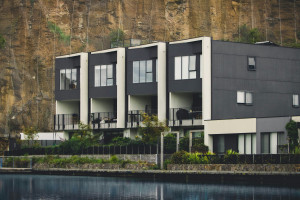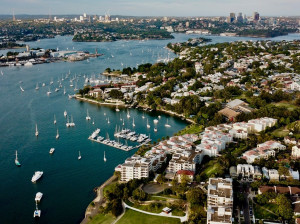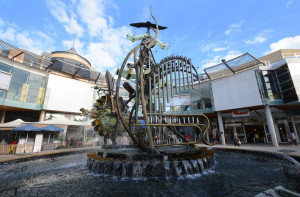Entering into a retail lease or commercial lease is often a long term commitment which can have considerable financial implications on both you and your business. This article provides a guide on some of the key things you should always take into consideration when entering in to a lease, regardless of whether you are a landlord or a tenant. This is a non-exhaustive list, and you should always speak to a specialist property lawyer before signing a lease.
1. How are Retail or Commercial Leases Calculated? – The Rent and Outgoings
Often one of the first things that gets discussed is what the rent will be. Rent is typically reviewed annually throughout the term of the lease and can be expressed as an amount that is inclusive or exclusive of outgoings.
2. The Term of the Lease – are there options to Renew?
The term of the lease is effectively the length of the commitment. Ordinarily, you will be bound to the lease for the duration of the term. Many leases will include options for the tenant to extend the term for a longer period. This is usually to the benefit of the tenant, who has no obligation to exercise the option, however is able to do so if they want to stay in the premises.
3. Security – are you using a bank guarantee or a security deposit?
A lease will also normally require the tenant to provide either a bank guarantee or a cash security deposit to the landlord. This gives the landlord security as they can then use that deposit or guarantee to cover any outstanding rent or other expenses that may arise due to the tenant’s breach of the lease.
4. Fit Out and Approvals – Who is Responsible for It?
Depending on the premises being leased, and the use that is intended for that premises, the parties may need to alter and fit out the premises. For example, often commercial premises may be provided as a ‘base shell’ and it will be the tenant’s responsibility to reconfigure it in a way that is acceptable.
The Lease Will Contain Provisions such as:
What works can be done to the premises;
When those works can be done;
Who is responsible for doing those works;
What approvals might be required (such as the from the landlord or the council); and
Who is responsible for getting those approvals.
5. Make Good Provisions
At the conclusion of the lease, there may be a requirement for the tenant to ‘make good’ the premises. This is often done by restoring the premises to a base shell by removing the tenant’s fit out, or by restoring the premises to the condition it was in at the start of the lease.
The lease might also include certain requirements to redecorate the premises, such as by repainting or reflooring the premises.
6. Insurance Requirements
Another Key Component of a Lease is Insurance. The Lease will usually specify:
What types of insurances are required;
Who is responsible for obtaining those insurances;
Who and what is to be covered by those insurance policies; and
The amount of coverage required by an insurance policy.
Every premises and every lease is unique, and its crucial to undertake deep due diligence on both the premises and the lease documentation prior to signing a lease. At Thornton + King our expert property law team have decades of experience negotiating, retail and commercial leases. We’d love to help you with your lease. Give us a call or submit an enquiry now.

